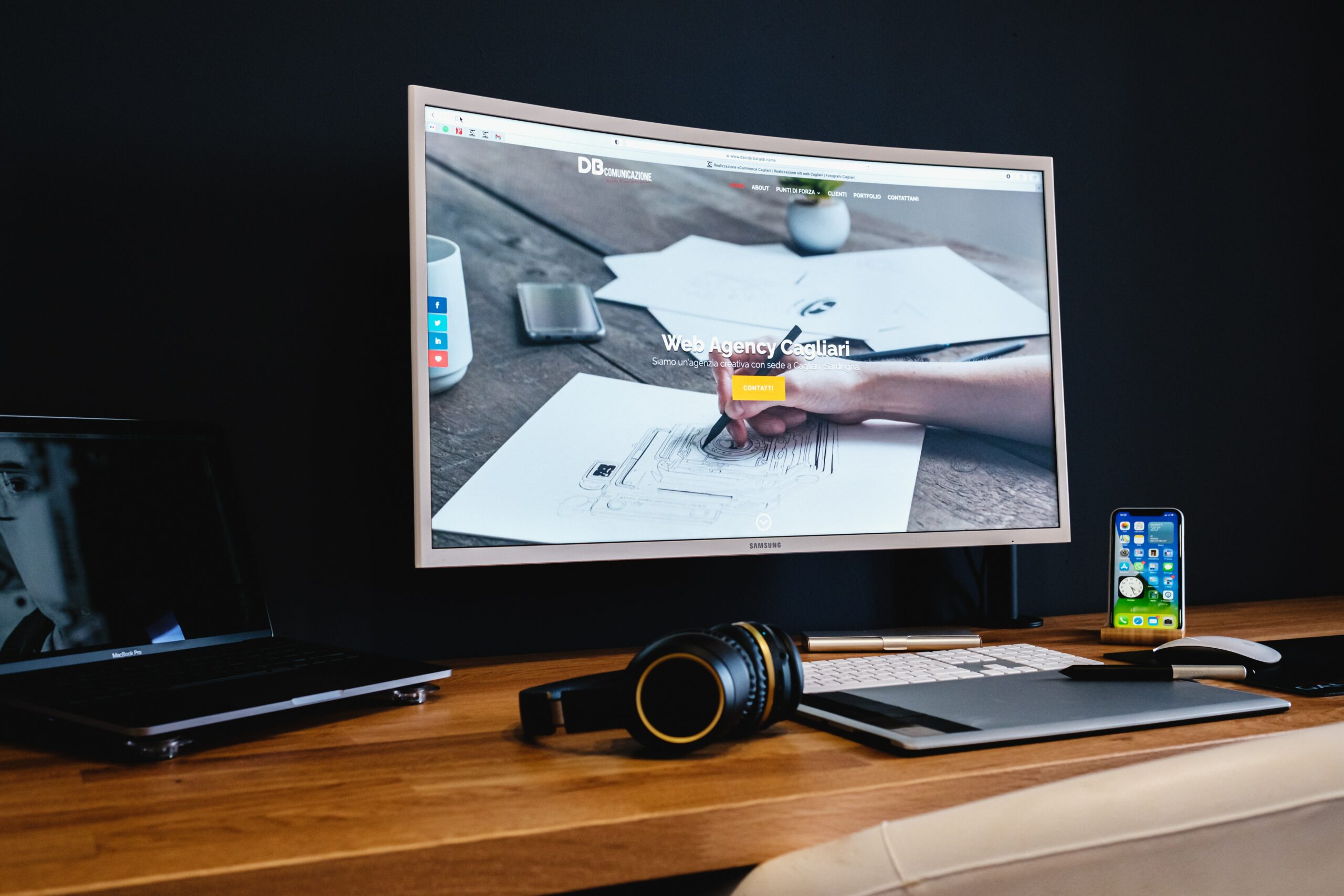THE ADVANTAGES AND DISADVANTAGES OF FLAT DESIGN

In the world of web design, flat design has emerged as a popular trend in recent years. It is a minimalist approach to design that emphasizes simplicity, clarity, and usability. It is characterized by the use of clean lines, simple shapes, and bold colors. While flat design has its advantages, it also has its disadvantages. In this blog post, we will explore the pros and cons of flat design.
Advantages of Flat Design:
User-Friendly:
Flat design is user-friendly because it emphasizes simplicity and clarity. It uses clear and concise design elements that are easy to understand and navigate. This makes it easier for users to find the information they need quickly and efficiently.
Faster Load Times:
Flat design often uses fewer graphical elements, which means that websites can load faster. This is because there are fewer images to load, which reduces the overall page size and improves the website’s performance.
Consistency:
It uses consistent design elements throughout a website, which creates a cohesive look and feel. This makes it easier for users to navigate a website and find the information they need quickly.
Responsive Design:
Flat design is well-suited to responsive design, which is important in today’s mobile-first world. This is because flat design elements can easily adapt to different screen sizes and resolutions, making them ideal for mobile devices.
Disadvantages of Flat Design:
Lack of Depth:
One of the main disadvantages of flat design is that it can lack depth. This is because it often uses simple shapes and flat colors, which can make a website look two-dimensional. This can make it harder for users to distinguish between different design elements.
Limited Visual Interest:
It can sometimes lack visual interest. This is because it often relies on a limited color palette and simple shapes, which can make a website look dull and uninteresting. This can be a disadvantage for websites that want to stand out from their competitors.
Accessibility Issues:
Flat design can sometimes be difficult for users with visual impairments to navigate. This is because it often uses low-contrast colors and typography, which can make it harder for users to read text and distinguish between different design elements.
Branding Challenges:
Flat design can sometimes make it difficult for businesses to establish a unique brand identity. This is because it often relies on simple shapes and colors, which can make it harder for businesses to create a distinct visual identity.
Conclusion:
In conclusion, flat design has both advantages and disadvantages. Its user-friendly and consistent design elements make it easy to navigate, and its emphasis on simplicity and clarity can make websites load faster. However, its lack of depth and limited visual interest can make websites look dull and uninteresting, and its low-contrast colors and typography can make it difficult for users with visual impairments to navigate. Additionally, flat design can make it challenging for businesses to establish a unique brand identity. Ultimately, the decision to use it should be based on the needs of the website and its users.